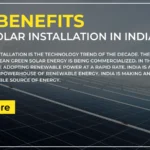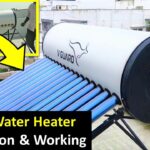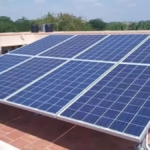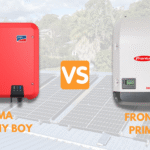Introduction
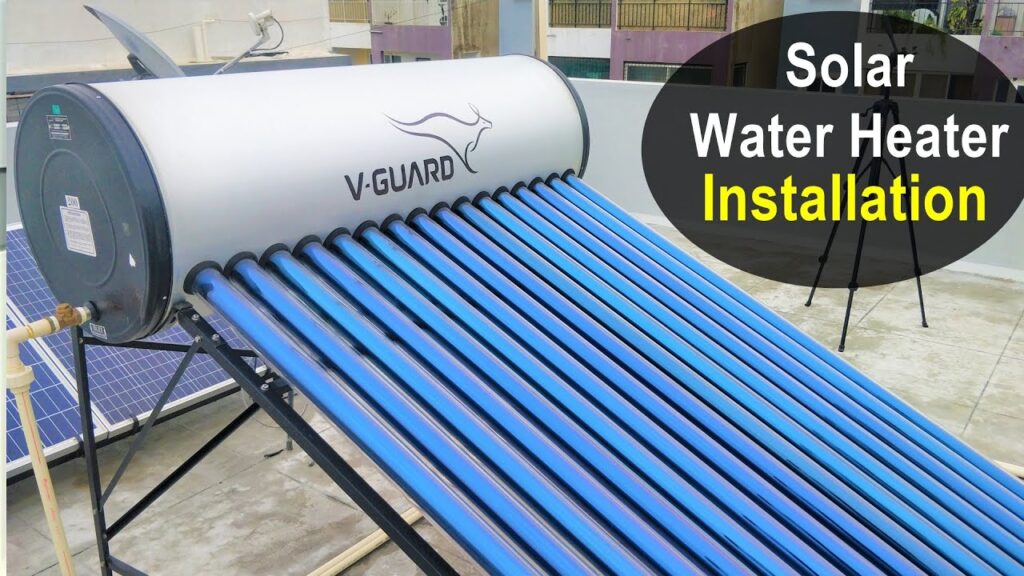
With rising electricity costs and frequent power cuts, many Indian households are choosing solar water heaters as a cost-effective and sustainable solution. These systems use solar energy to heat water, helping homeowners reduce their dependence on electric geysers and save on energy bills. This detailed guide will walk you through how to install a solar water heating system at home. Diy solar installation
Benefits of Installing a Solar Water Heater
- Reduced electricity bills: Solar water heaters cut down on your monthly power usage.
- Eco-friendly: These systems use renewable solar energy instead of fossil fuels.
- Low maintenance: Most solar heaters require minimal servicing.
- Ideal for Indian climate: India’s sunny conditions are perfect for solar thermal systems.
Types of Solar Water Heaters
1. Flat Plate Collectors (FPC)
Flat plate collectors consist of an insulated metal box with a dark absorber plate and a transparent cover. Water passes through tubes attached to the plate and gets heated by solar radiation.
2. Evacuated Tube Collectors (ETC)
These systems use rows of vacuum tubes to absorb sunlight and heat water. They are more efficient in colder or cloudier climates compared to flat plate models.
Also Read Top Solar Generators for Emergency Backup in India
Main Components of a Solar Water Heater
- Solar collectors to trap sunlight.
- Storage tank to hold the hot water.
- Pipes for water circulation between the tank and collectors.
- Stand or frame to hold the collectors at an optimal tilt.
- Optional pump and controller for active systems.
Step-by-Step Installation Guide
1. Choose the Right Location
Install the system on a rooftop that gets direct sunlight for at least 6 to 7 hours daily. South-facing roofs are ideal in India. Make sure the roof is strong enough to handle the weight of the tank and collectors.
2. Fixing the Mounting Stand
Use a strong metal stand to hold the solar collector at a proper tilt angle (around 30–45 degrees). This ensures maximum sunlight absorption throughout the year.
3. Install the Solar Collectors
Secure the collectors onto the mounting stand. Check that they are properly aligned to face the sun and are firmly fixed to avoid damage due to strong winds.
4. Connect the Storage Tank
Place the hot water storage tank close to the collectors, preferably above them, to allow natural water flow (thermosiphon effect). Ensure the tank is well insulated to prevent heat loss.
5. Set Up the Piping System
Connect the water inlet and outlet pipes between the tank and the collectors. Insulate the pipes to prevent heat loss. Use high-quality fittings to avoid leakage and corrosion.
6. Install Pump and Controller (for active systems)
In some systems, a small pump and controller are used to move water between the tank and collector. This is mostly needed for larger systems or when natural flow is not possible.
7. Fill and Test the System
Fill the system with clean water. Turn it on and check all connections for leaks. Monitor the water temperature after a few hours to ensure the heater is working properly.
Maintenance Tips
- Clean the collectors regularly to remove dust and increase efficiency.
- Check pipe insulation every few months for wear and tear.
- Inspect the storage tank annually for rust or leaks.
- Schedule professional servicing once a year for best performance.
Costs and Government Subsidies in India
The average cost of a solar water heater in India ranges from ₹15,000 to ₹60,000 depending on size, type, and brand. The Ministry of New and Renewable Energy (MNRE) also offers subsidies for eligible systems through state nodal agencies. You should check with your local electricity board or municipal office for current subsidy details and eligibility.
FAQs – Solar Water Heater Installation in India
Q1. Can I install a solar water heater on any type of roof?
Yes, as long as the roof receives direct sunlight and is strong enough to support the weight of the system.
Q2. What size of solar water heater do I need?
A 100-liter system is enough for a family of 3–4 members. Larger families may need 200 to 300-liter systems.
Q3. Will the solar water heater work during winter or cloudy days?
Yes, but the efficiency may be lower. Most systems come with an electric backup for such days.
Q4. How long does a solar water heater last?
With regular maintenance, a good-quality system can last 15 to 20 years.
Q5. Can I use borewell or hard water in a solar water heater?
Yes, but it’s advisable to use a water softener or filter to avoid scaling and improve system life.
Final Thoughts
Installing a solar water heater is one of the best long-term investments for your home. It reduces your electricity bill, promotes clean energy, and is perfectly suited for Indian weather. By following this step-by-step guide, you can ensure proper installation and performance of your solar water heating system for many years.
Author- Ayush


